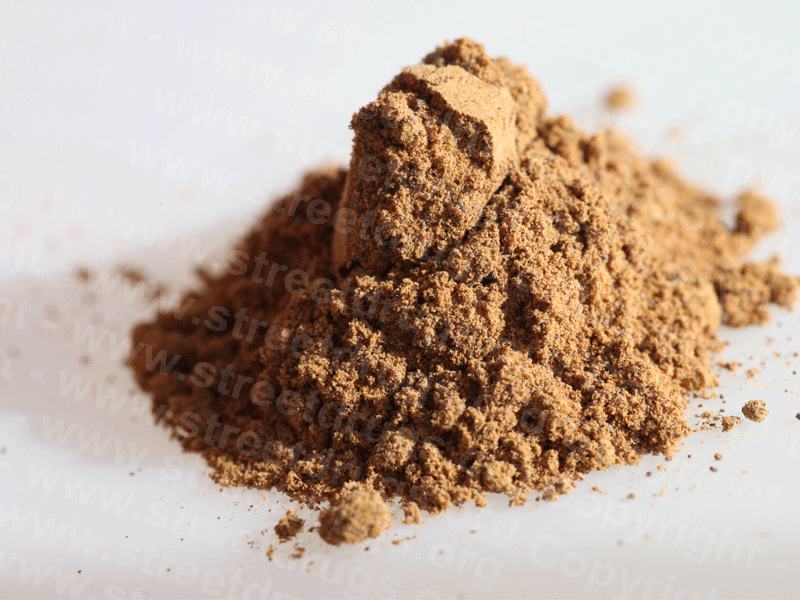Description
crack and heroin
crack and heroin are both powerful and highly addictive drugs, but they differ significantly in their effects, usage, and the dangers they present.
**Crack** is a form of cocaine that has been processed to form a rock crystal, which is then smoked. When smoked, crack cocaine reaches the brain rapidly, producing an intense and immediate high that lasts about 5-10 minutes. This high is characterized by feelings of euphoria, increased energy, and heightened alertness. However, the rapid onset and short duration often lead users to binge on the drug, leading to severe physical and psychological dependence. Long-term use can result in numerous health issues, including respiratory problems, cardiovascular complications, and severe mental health disorders such as paranoia and aggression.
**Heroin** is an opioid derived from morphine, a substance naturally extracted from the seed pod of the opium poppy plant. Heroin can be injected, snorted, or smoked. When used, it crosses the blood-brain barrier quickly, converting to morphine and binding to opioid receptors, resulting in a rush of euphoria and a state of relaxed contentment. The high from heroin is typically longer than that of crack, lasting several hours. However, it also leads to profound physical dependence and tolerance, meaning users need increasingly higher doses to achieve the same effect. Chronic heroin use can lead to severe health issues, including collapsed veins, infections of the heart lining and valves, liver and kidney disease, and respiratory depression, which can be fatal.
Both drugs carry a high risk of overdose and death, with heroin posing a particular risk due to the potential for respiratory failure. Addiction to either substance often leads to significant social, economic, and legal problems, making recovery challenging and necessitating comprehensive treatment and support.

